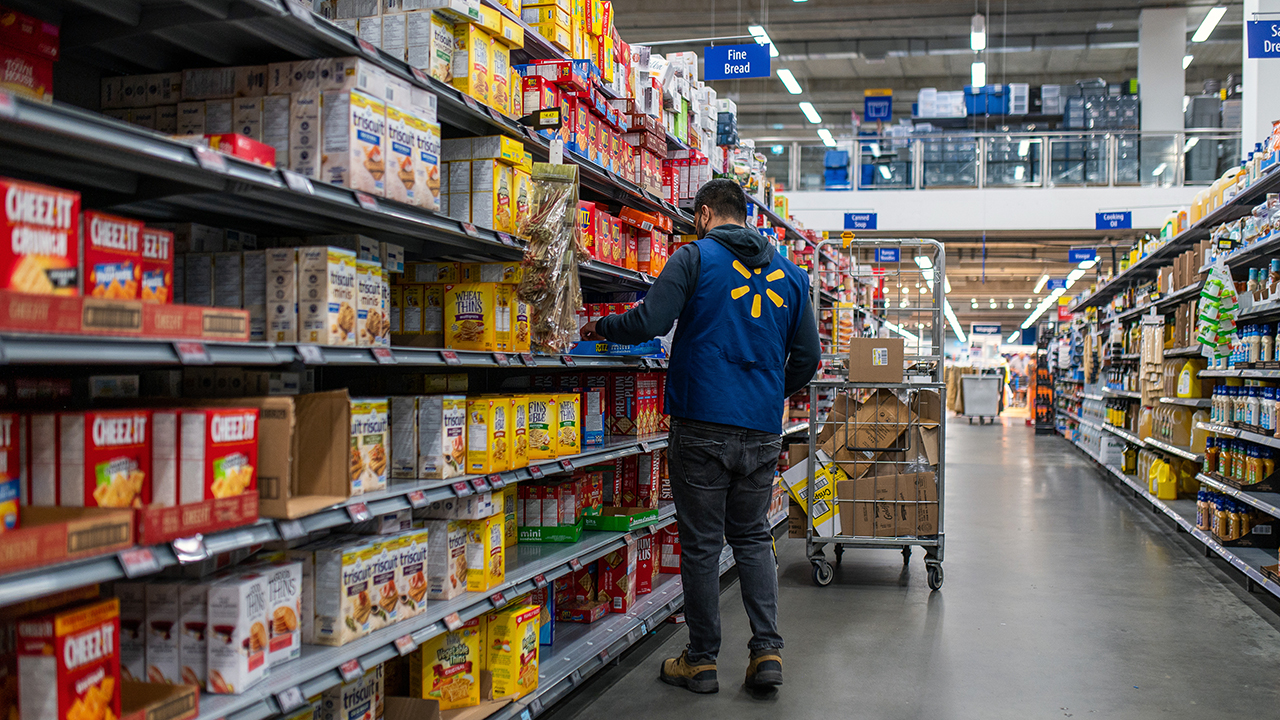Wholesale inflation eases to 2.3% in April, lowest level in two years
Wholesale inflation eases to lowest level since January 2021
Fed is willing to go ‘pretty far’ to tame inflation: Thomas Hoenig
Former Kansas City Federal Reserve Bank President and CEO Thomas Hoenig joined ‘Mornings with Maria’ to discuss the Federal Reserve’s forthcoming rate hike decision.
Inflation at the wholesale level rose less than expected in April, the latest sign that painfully high consumer prices are beginning to loosen their stranglehold on the U.S. economy one year after the Federal Reserve began rapidly raising interest rates.
The Labor Department said Thursday that its producer price index, which measures inflation at the wholesale level before it reaches consumers, climbed 0.2% in April from the previous month. On an annual basis, prices are up 2.3%.
Those figures are both lower than the 2.4% headline increase and 0.3% monthly figure forecast by Refinitiv economists.
"The inflation pipeline is clearing as supply chains for the most part have returned to normal and commodity prices have eased significantly in response to slowing global conditions," said Jeffrey Roach, chief economist at LPL Financial. "Investors should expect to see further easing in prices throughout the balance of 2023."
There are still signs of inflationary pressures in the economy, however.
INFLATION JUMPED 0.4% IN APRIL AS PRICES REMAIN STUBBORNLY HIGH
Excluding the more volatile measurements of food and energy, so-called core inflation rose 0.2% for the month – up from the 0% reading in March. The figure was up 3.2% on a 12-month basis, down slightly from the previous month.
And the services index climbed 0.3%, the biggest jump since November 2022, the Labor Department said in the report. More than one-third of that increase can be traced to a 4.1% rise in prices for portfolio management, which measures the prices for investment advice. Gasoline prices, meanwhile, surged 8.4%.
The data comes a day after the Labor Department reported that the consumer price index, which measures the prices paid directly by consumers, jumped 0.4% in April. The annual inflation rate came in slightly lower than expected at 4.9%.
HOW THE BANKING CRISIS COULD HAMMER SMALL BUSINESSES
Both releases are considered to be important measurements of inflation, with the PPI believed to be a leading indicator of inflationary pressures as costs work their way down to consumers. The different gauges point to inflation that is still running well above the Fed's preferred 2% target, a troubling sign as the central bank has already raised interest rates 10 straight times.
"There’s still a long way to go before inflation gets back to the Fed’s 2% target level, and one of the potential side effects of taming inflation is an economic slowdown," said Mike Loewengart, head of model portfolio construction at Morgan Stanley Global Investment Office.

Prices are displayed in a grocery store in New York City on Feb. 1, 2023. (Leonardo Munoz/VIEWpress / Getty Images)
CLICK HERE TO READ MORE ON FOX BUSINESS
The back-to-back inflation reports will have major implications for the Fed, which is tightening rates at the fastest pace in decades as it tries to cool the economy. Policymakers approved the 10th straight rate hike at their meeting earlier this month and opened the door to a pause in tightening, although they stressed that it hinges on upcoming data releases.





















